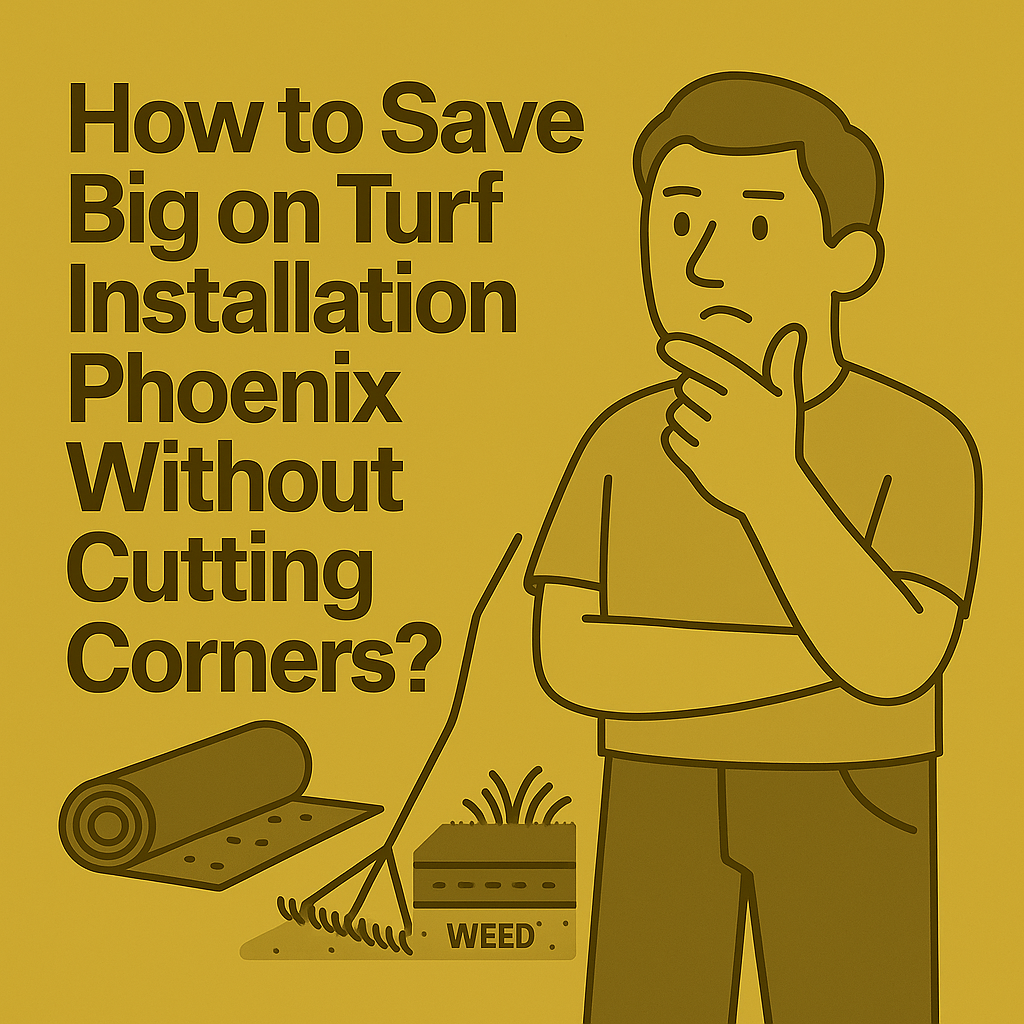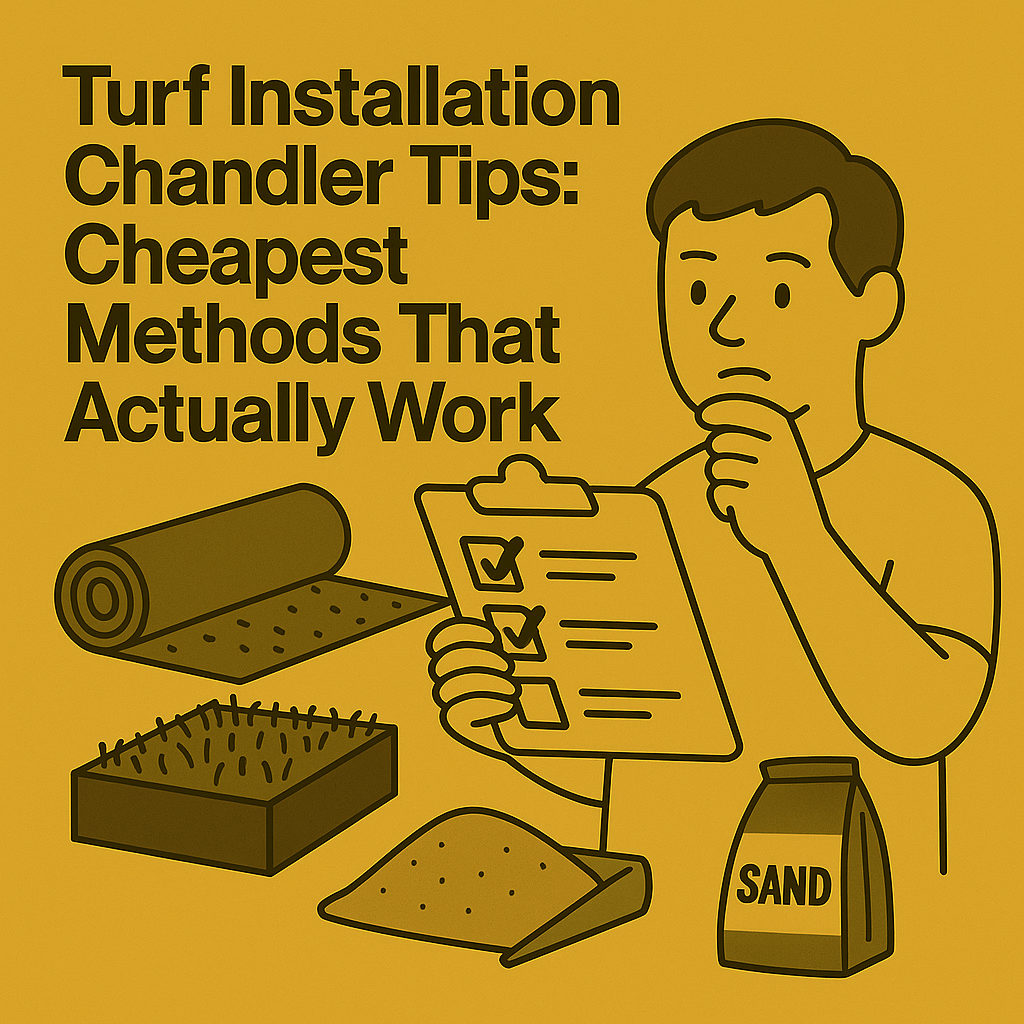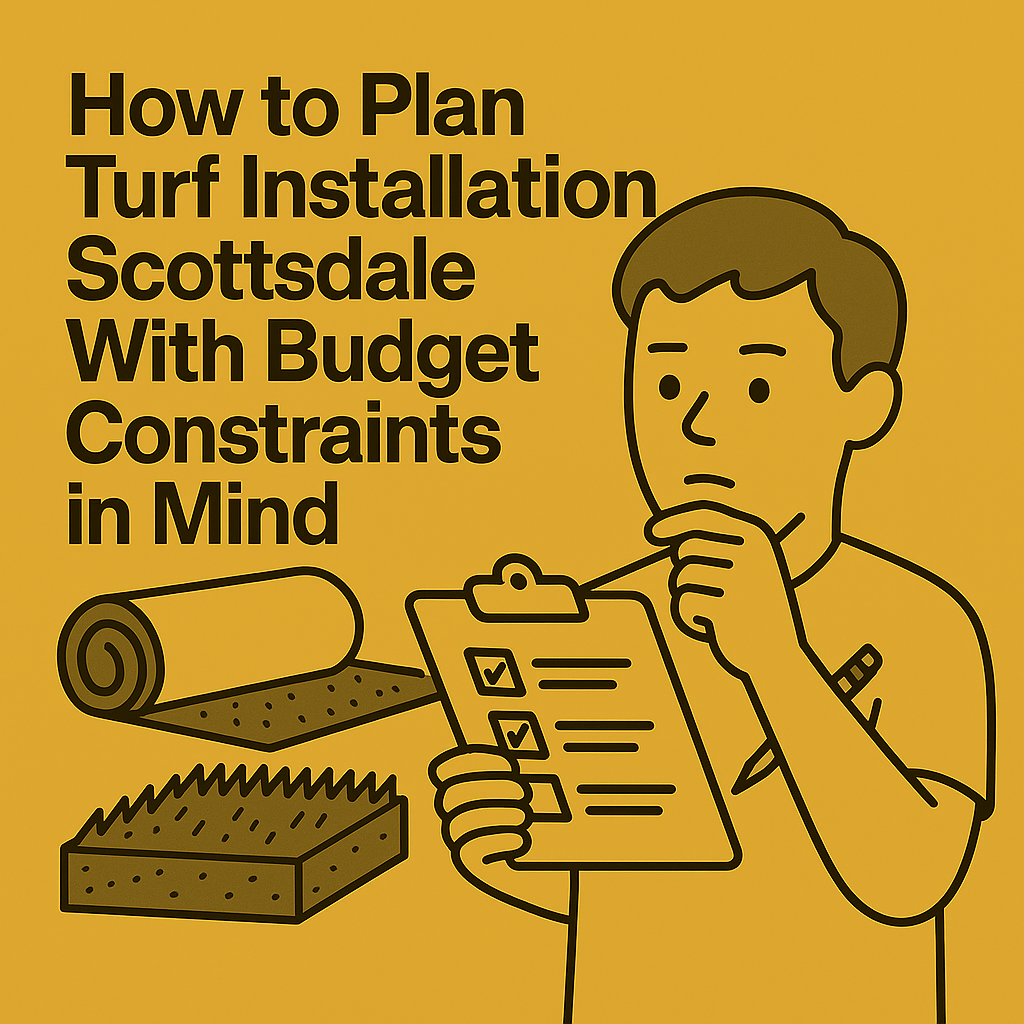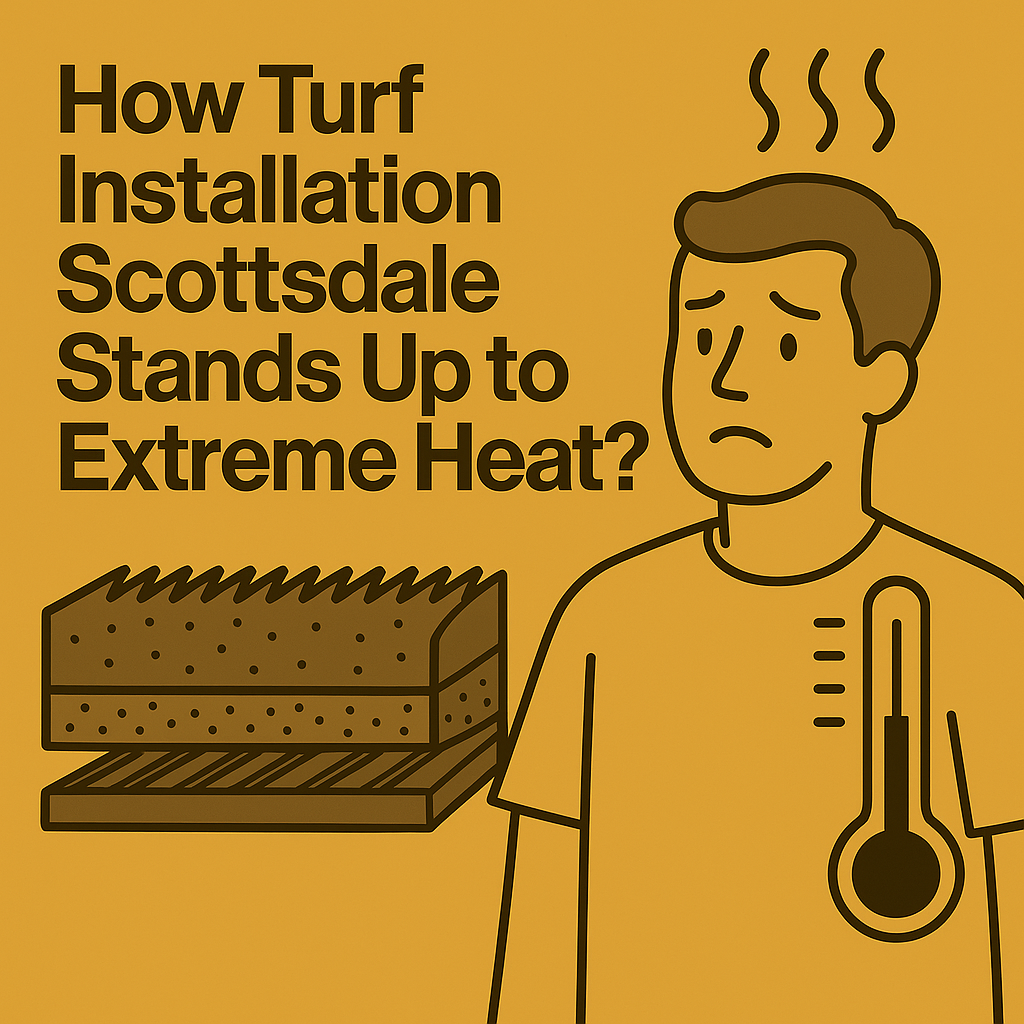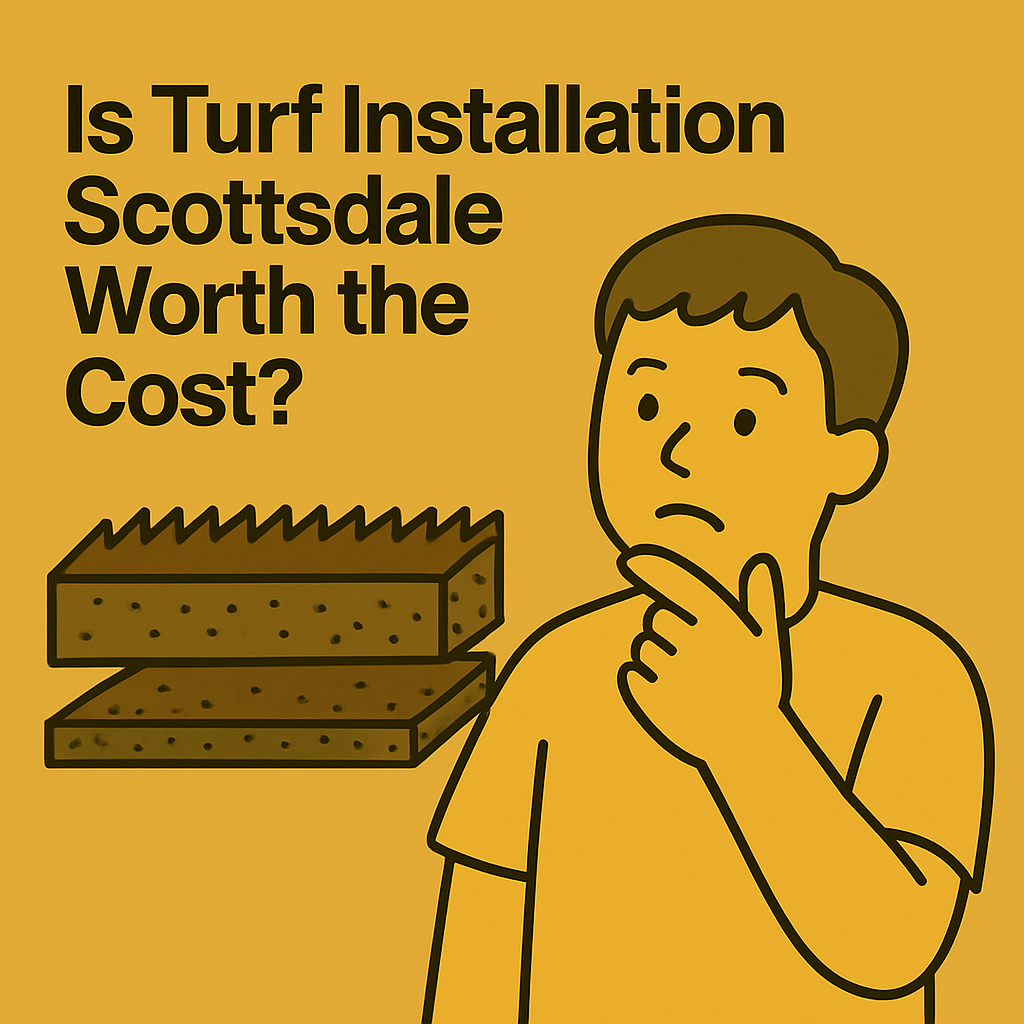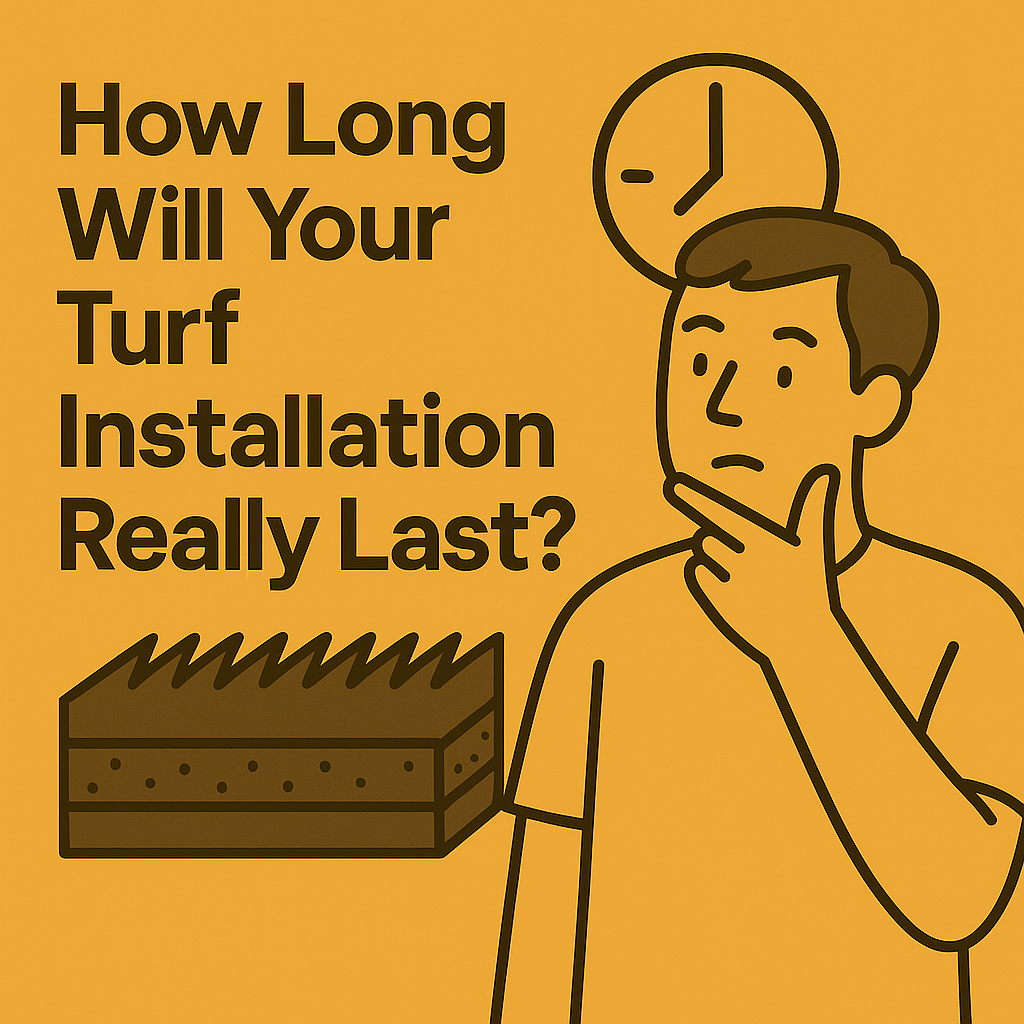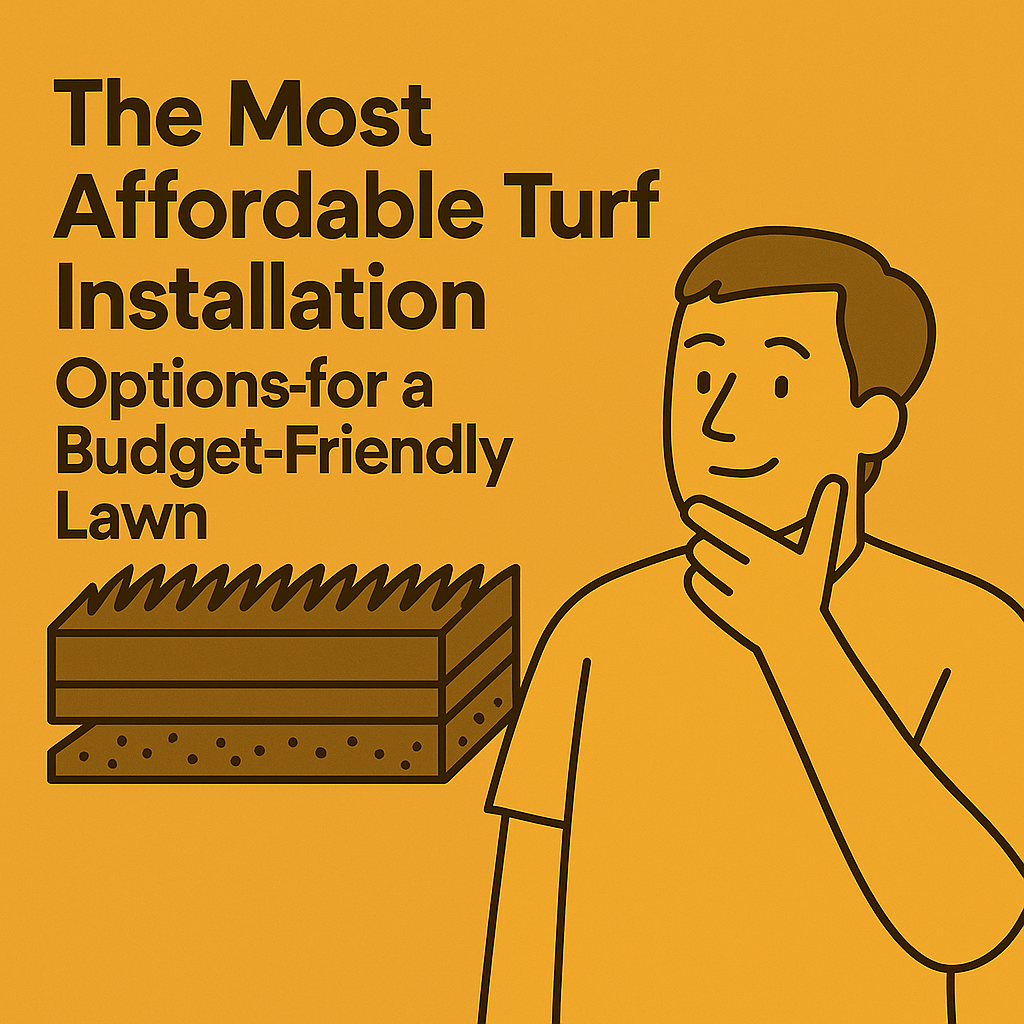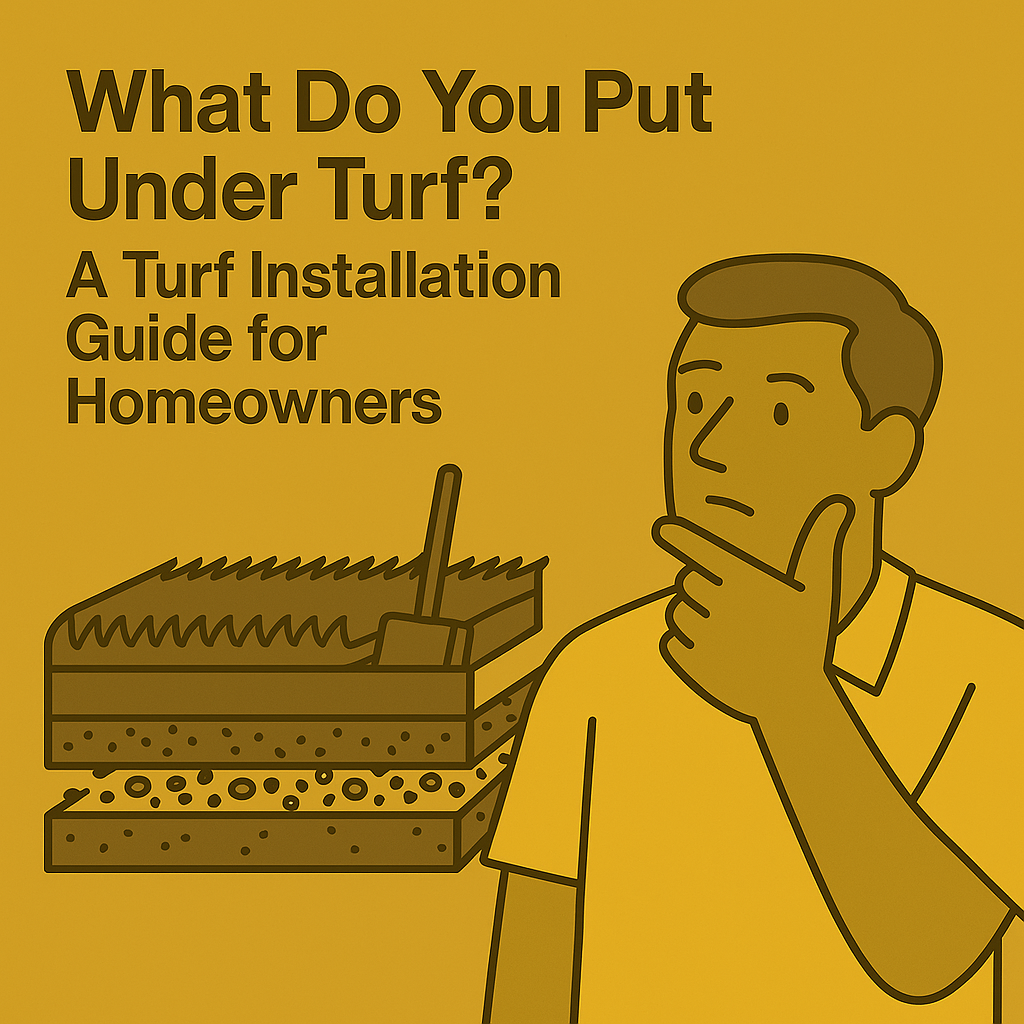How Long Will Your Turf Installation Really Last? Expert Insights
Your turf installation can last anywhere from 8 to 20 years, depending on the quality of materials, how much traffic it gets, and how well you maintain it. Choosing UV-resistant nylon helps ensure a longer lifespan. Routine maintenance—like brushing and rinsing—goes a long way in keeping your turf in top condition. Environmental stressors such as direct sunlight and poor drainage can speed up wear. Knowing the early signs of aging turf can help you make adjustments before problems escalate. Let’s dive into the key ways to extend the life of your turf investment.
Factors Influencing Turf Longevity
When you invest in turf installation, several factors determine how long it will hold up.
Material quality is crucial—premium, UV-resistant synthetic fibers like nylon can last up to 20 years. On the flip side, lower-cost materials might only survive for 5 to 10 years.
Foot traffic also plays a major role. Heavily used areas, like walkways or play zones, will wear down faster than decorative or low-use spots.
Regular care, such as brushing and rinsing, helps prevent matting and keeps the turf fibers standing upright.
Environmental elements like constant sun exposure or poor drainage can lead to issues like fading, mold, or backing damage. Spotting early signs of deterioration allows for quick action, saving you time and money in the long run.
Assessing the Quality of Your Turf
How can you be sure your turf installation will stand the test of time? Start with material selection. Look for turf made from durable, UV-resistant nylon. According to HomeAdvisor, high-quality artificial turf typically lasts 12 to 20 years with proper care.
Equally important is the installation process. A poor turf installation can result in uneven surfaces or drainage problems, which may reduce the lifespan of your lawn.
Maintenance matters too—simple practices like brushing and refilling infill will preserve the structure and look of your turf.
If you’re installing in a high-use area, like a sports field or dog run, make sure you’re choosing turf designed to endure that level of wear.
Environmental Elements to Consider
Even though artificial grass is built to endure the elements, local climate conditions still affect how long your turf installation will last.
In Arizona, for example, intense sun exposure without UV-resistant fibers can lead to rapid fading. High heat may also degrade cheaper plastics used in some turf products.
If your yard is prone to pooling water or doesn’t drain well, that moisture buildup can break down the turf’s backing or encourage mold growth—both of which shorten its lifespan.
The solution? Choose the right materials for your local environment and make sure your turf installation includes proper drainage layers. This proactive approach can mean the difference between replacing your turf in 8 years or enjoying it for 20.
Maintenance Tips for Prolonged Durability
Taking care of your turf installation doesn’t have to be complicated. With just a few routine habits, you can make sure it looks great and lasts as long as possible.
Use a stiff-bristled broom to brush the fibers every few weeks. This keeps the blades standing up straight and prevents them from matting.
Rinse your turf regularly to remove dust, debris, and pet waste—especially in high-use areas.
Don’t forget to refill the infill every 6 to 12 months. This helps maintain shock absorption and keeps the surface level and springy.
Try to keep heavy furniture off your turf when possible, as it can flatten the blades and compress the base layer.
Lastly, repair any small tears or seam issues as soon as they appear to avoid larger problems later.
Recognizing Signs of Turf Wear and Tear
How do you know when your turf installation is starting to wear out?
The first sign is color fading. UV exposure over time can cause your turf to look yellow or brittle. If the blades look flat or matted—even after brushing—that’s another warning.
Poor drainage is another indicator. If water pools after rain or your turf feels soggy, the backing might be deteriorating. Mold or odors are further signs of moisture issues.
Here’s a quick visual checklist:
| Sign of Wear | Implication |
|---|---|
| Color fading | UV damage |
| Flattened blades | Structural loss |
| Poor drainage | Backing decay |
Addressing these issues early helps preserve your investment and avoids full replacement sooner than necessary.
Benefits of Regular Turf Upkeep
Consistent maintenance doesn’t just make your lawn look better—it actively prolongs the life of your turf installation.
Here’s how regular care pays off:
Brushing: Keeps fibers upright and reduces matting.
Rinsing: Removes debris and prevents bacteria buildup.
Infill refilling: Maintains bounce and structural integrity.
Timely repairs: Stops minor problems from becoming major expenses.
Regular upkeep is simple, effective, and saves money in the long run by delaying the need for full replacement.
Making the Decision to Replace Your Turf
There comes a time when even the best-maintained turf installation may need to be replaced.
If you’re seeing extensive fading, flat fibers that don’t respond to brushing, or poor drainage that persists even after cleaning, replacement may be the best option.
Even with top-quality turf, heavy use and harsh environments can bring its life expectancy down from 15 years to 8–10.
Before you make the call, consult with a turf professional to assess the current condition. Sometimes spot repairs or rejuvenation techniques can buy you a few more years of use.
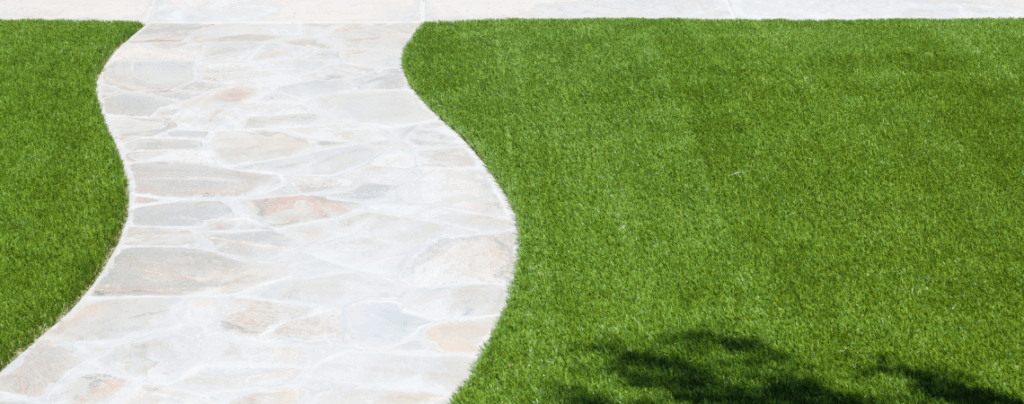
Frequently Asked Questions
How Long Does Turf Usually Last?
Most artificial turf lasts 8 to 20 years. The range depends on the materials used, installation quality, and ongoing care.
What Is the Life Expectancy of a Turf Field?
Turf fields generally last 8–10 years, with the possibility of lasting up to 20 years if maintained well and built with premium materials.
Does Mold Grow Under Artificial Grass?
Yes—if drainage is poor or water accumulates, mold can form underneath. This is why a proper base layer is crucial for any turf installation.
Why Are People Getting Rid of Artificial Grass?
Some homeowners are moving away from artificial turf due to concerns about heat retention, environmental impact, and the need for better biodiversity in landscaping.
Conclusion
If you want your turf installation to last, start with quality materials and ensure the installation is done right. Then, maintain it regularly—brush, rinse, refill the infill, and repair damage early. Pay close attention to environmental challenges like UV exposure and water drainage, which can significantly impact longevity. With smart choices and consistent care, your artificial turf can provide years of vibrant, low-maintenance beauty.
Ready to Get the Most Out of Your Turf?
Whether you’re considering a new turf installation or looking to maintain what you have, our team is here to help. For expert advice and top-quality turf solutions, reach out to:
Paradise Hardscapes – Pavers & Turf – Chandler
📍 3950 W Chandler Blvd, Chandler, AZ 85226
📞 (480) 750-4345
📧 [email protected]
Explore your options and learn more about our turf installation services on our official Chandler page.


